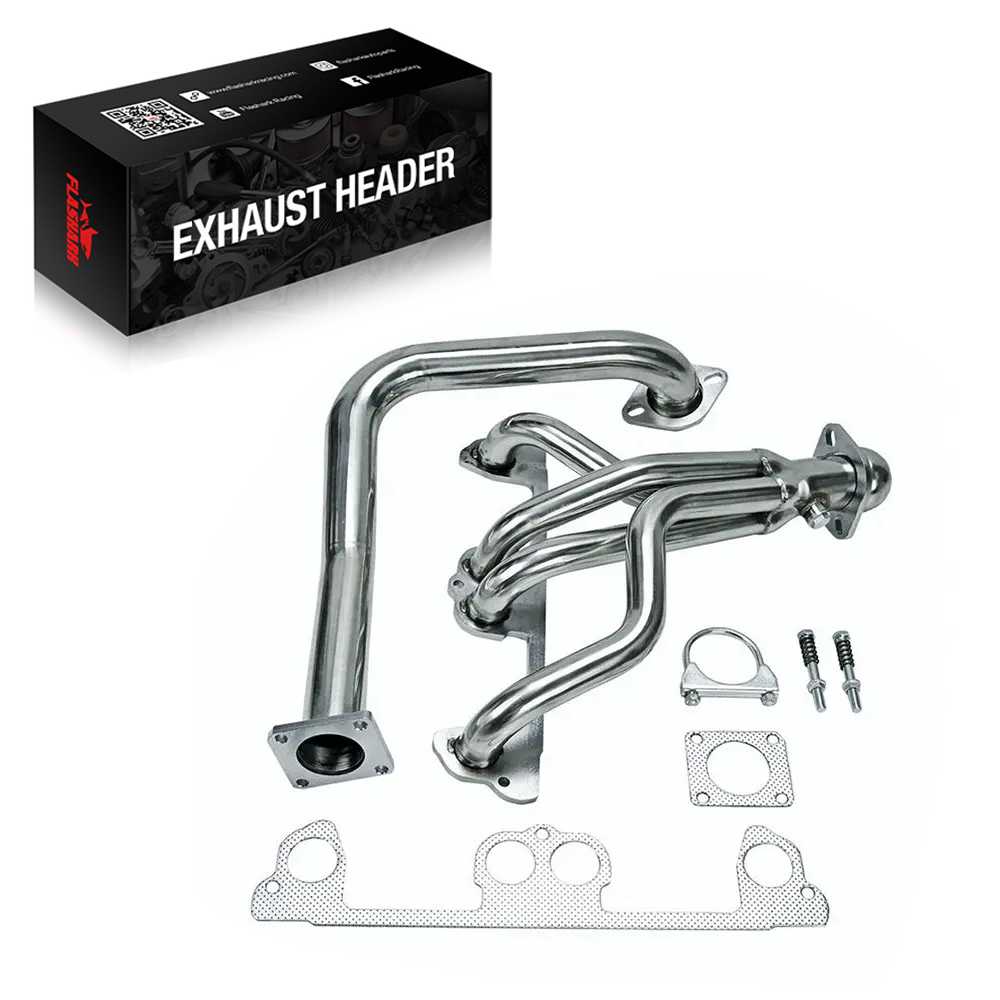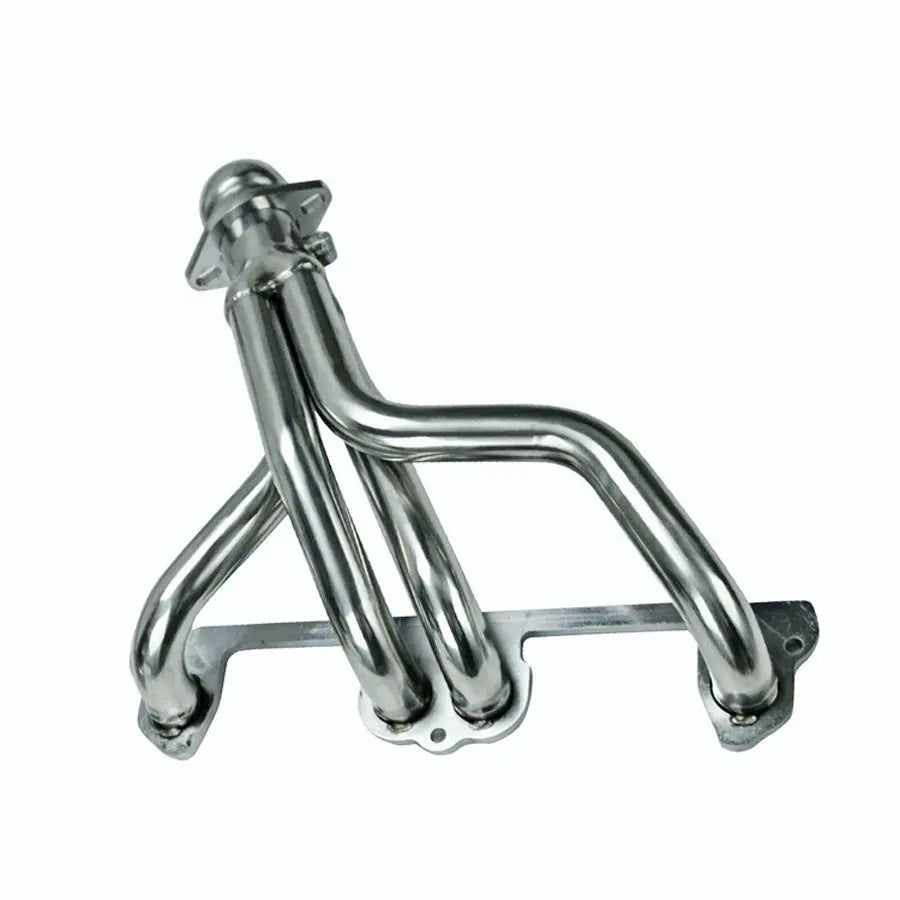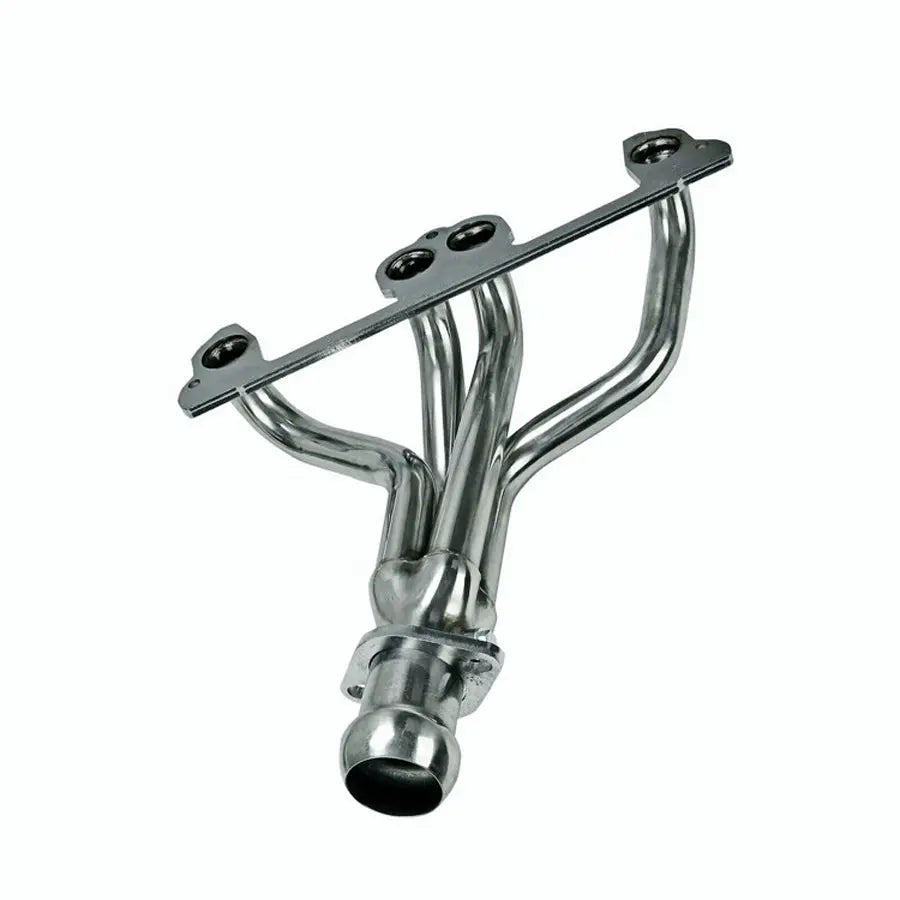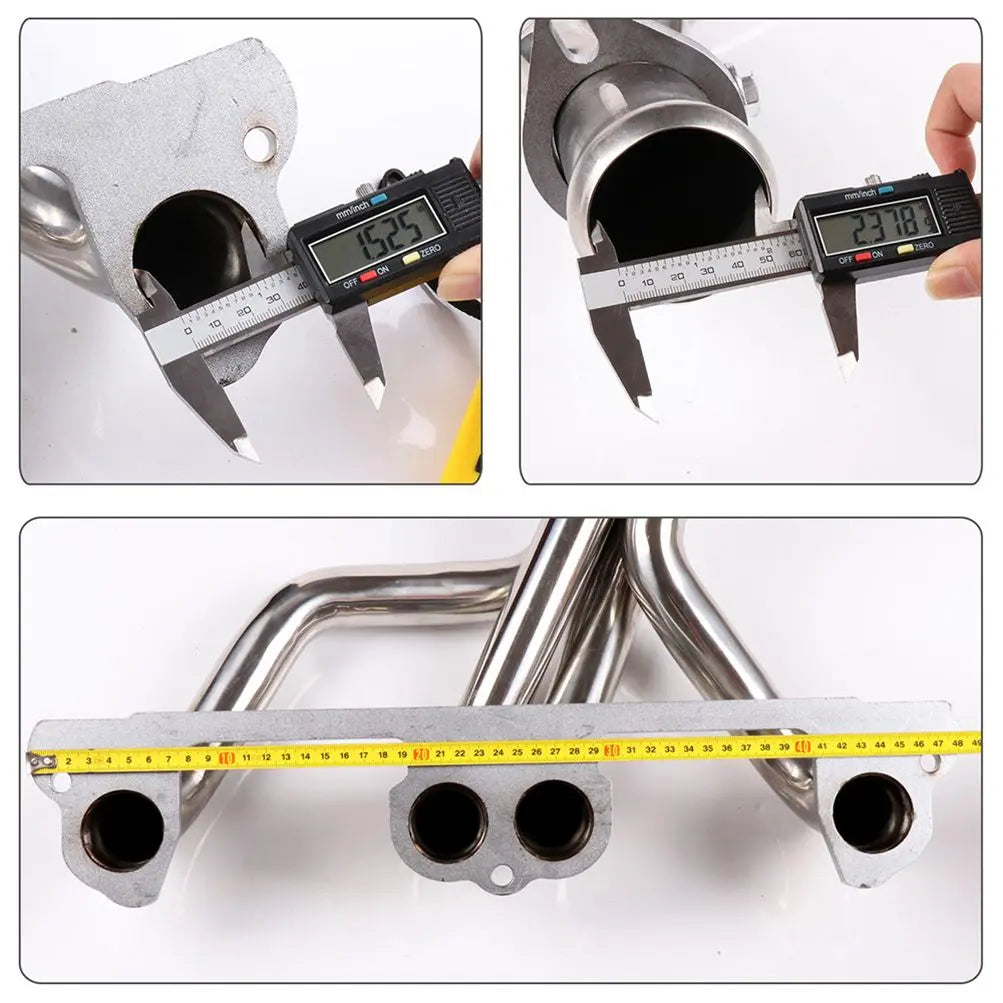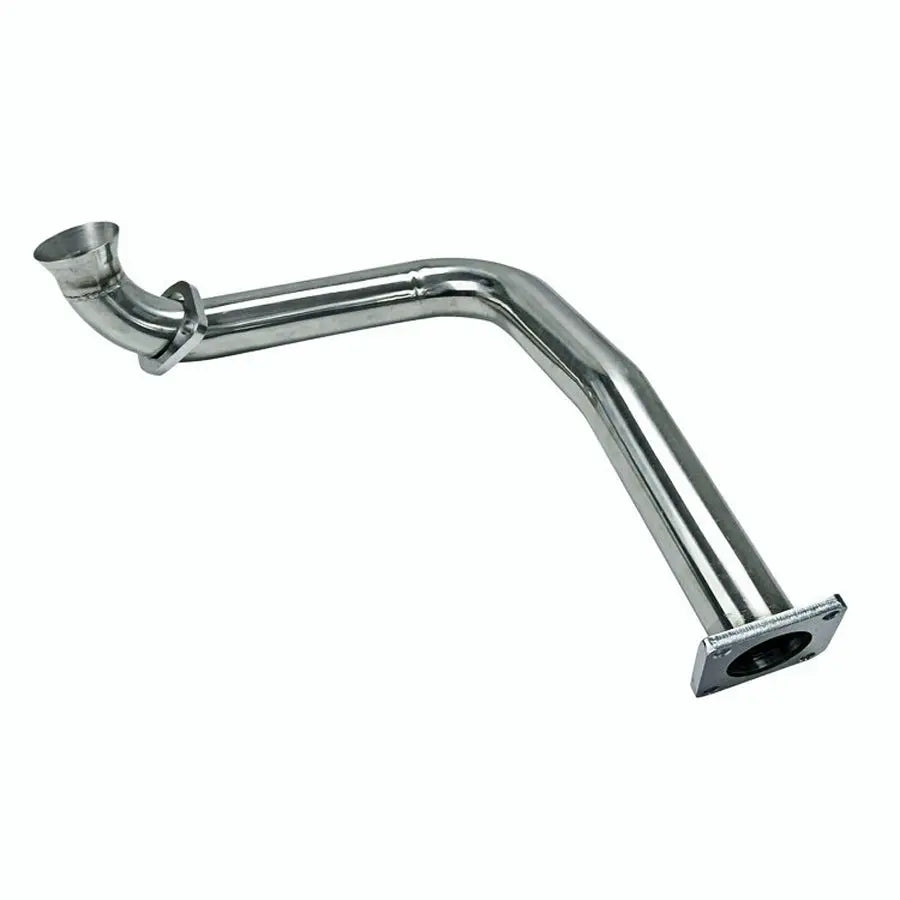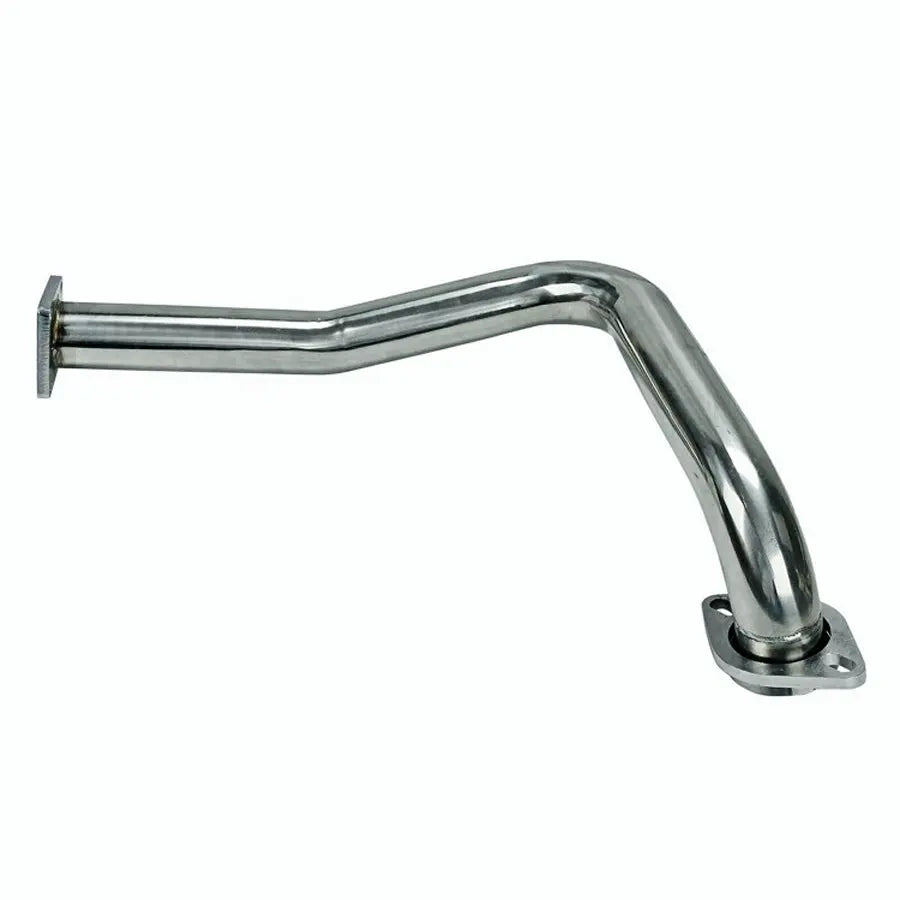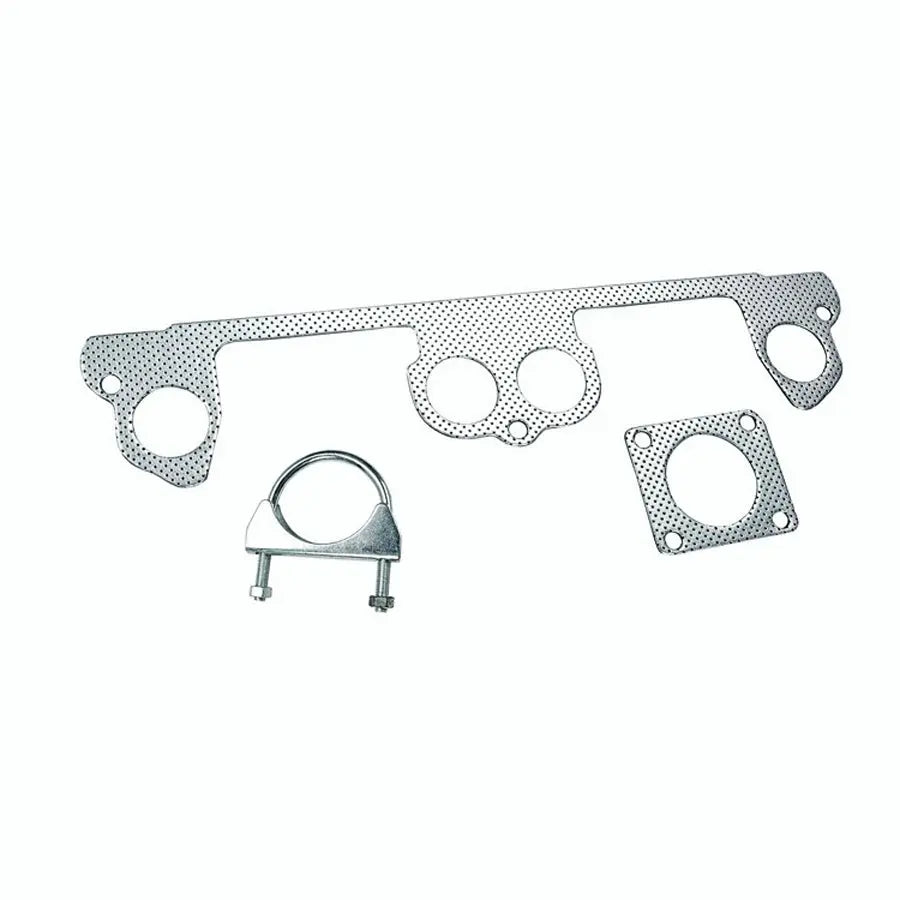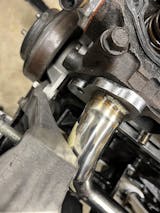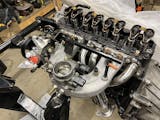Our products are designed based on OEM specifications and are suitable for unmodified vehicles. If your vehicle has been modified, compatibility or installation cannot be guaranteed. We recommend confirming your vehicle's setup or consulting our customer service team before purchase. We're here to help!
Description
Fitment:
1991-1995 Jeep Wrangler YJ 2.5L L4(except 1992 Jeep Wrangler Base Sport Utility 2-Door 2.5L ,1992 Jeep Wrangler 2.5L)
Specifications:
Brand Name: FLASHARK
Certificate: ISO9001:2000
Application: Automobile Exhaust Header
Material: Stainless Steel
Surface: Mirror Polish
Model: EH28267
One O2 Sensor location
1.50“ Inlet 2” outlet
Tube Diameter: 1-1/2"
Collector Diameter: 2-1/2"
Exhaust Header VS Manifold, which is the better choice?
The structural differences between exhaust headers and manifolds are the material and size. From the material, exhaust headers are made of lighter, thinner steel, while exhaust manifolds are made of thick iron. Exhaust headers are also longer than exhaust manifolds. When in use, exhaust manifolds create back pressure, which lowers performance. Because each cylinder of the engine is given its own tube, however, headers eliminate this problem; thus, allowing the gases to exit without the creation of back pressure. Therefore, exhaust headers are a BETTER choice than an exhaust manifold.
Replacing or upgrading your exhaust header is necessary for both engine performance and sound. Whether on or off the track, exhaust headers provide more horsepower and improved exhaust sound. FLASHARK offers many products to help you create your own custom engine headers. It's really easy and convenient to use: direct bolt-on, no modification needed.
SOME ITEMS YOU MAY ALSO LIKE
In addition to purchasing this product, Flashark highly recommends that you purchase Flashark and Spelab's new collaborative product, the silicone coolant hose kit; to replace the stock rubber coolant hose in your car's cooling system.
Are silicone coolant hoses better? Coolant hoses transport the coolant—a mixture of water and antifreeze—from the engine to the radiator and back. The coolant absorbs heat from the engine block and heads and then releases this heat through the radiator, where airflow dissipates it away from the vehicle. This continuous flow is crucial for preventing engine overheating, which can lead to severe damage or failure.

